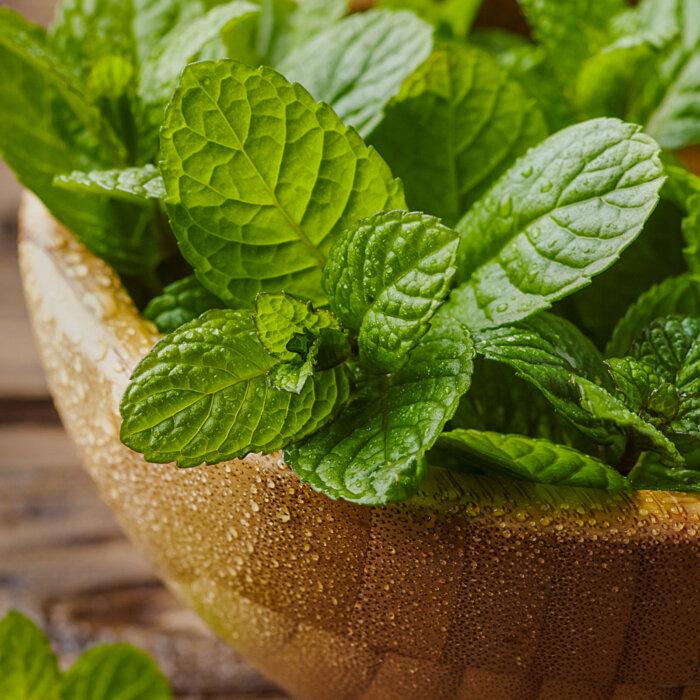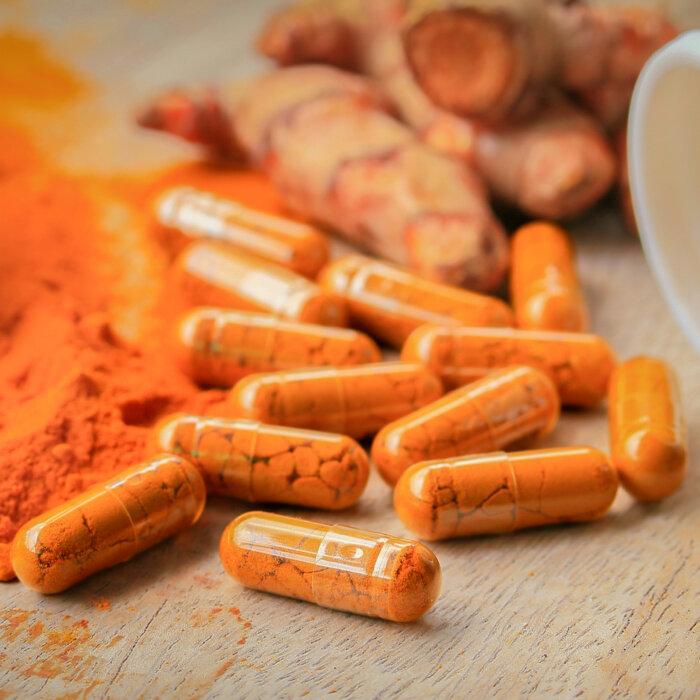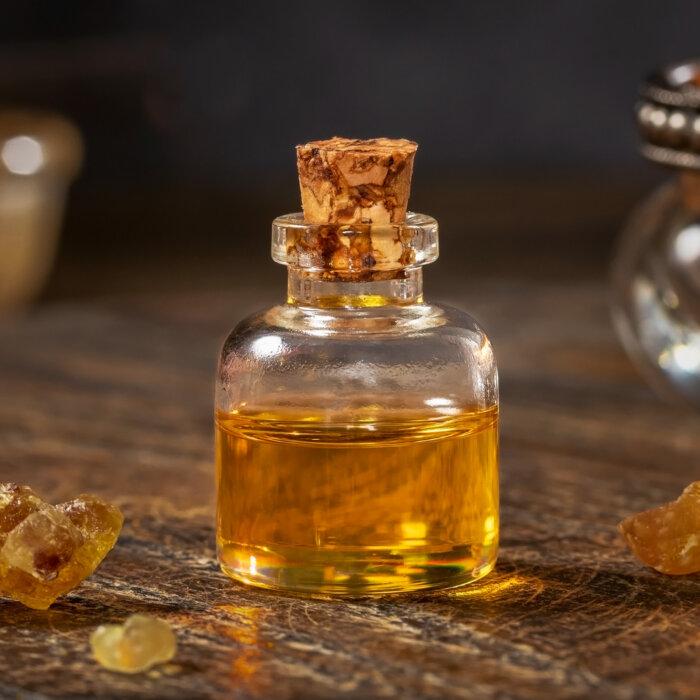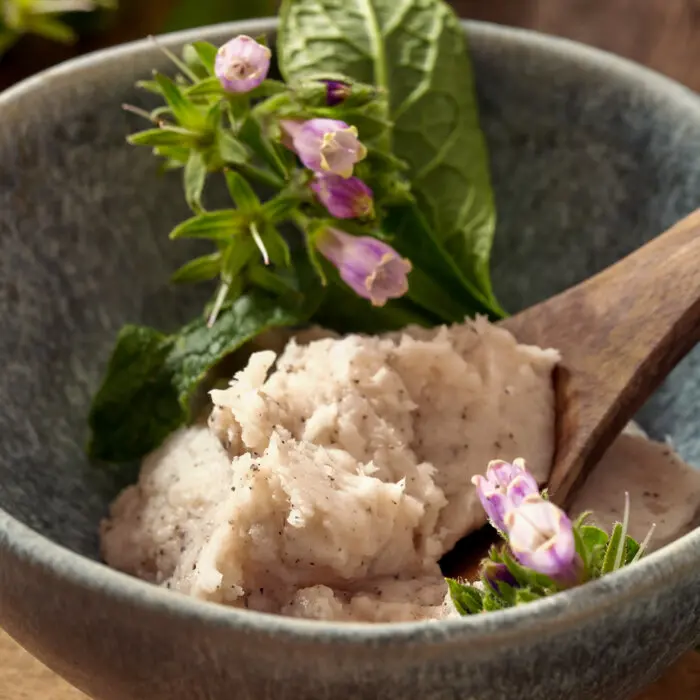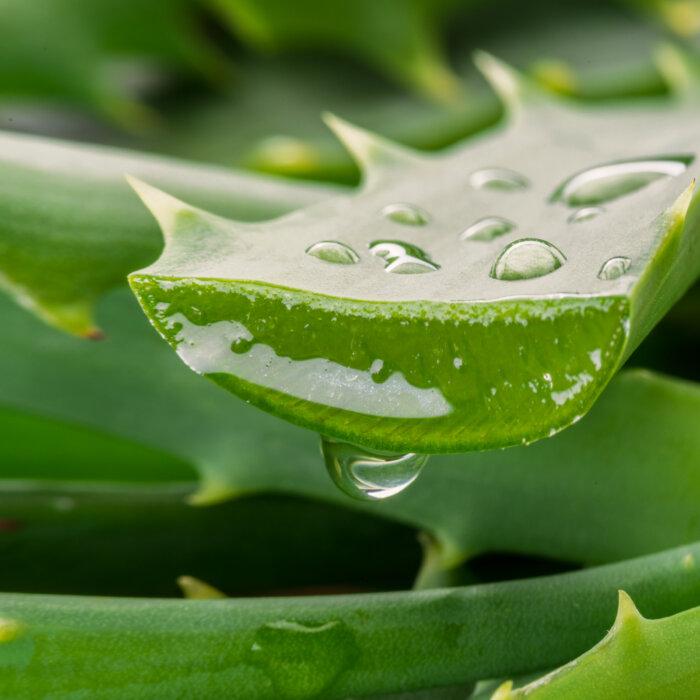The “King of Essential Oils,” frankincense is one of the world’s most important and well-known natural remedies. It was one of three gifts the wise men gave to Jesus at his birth, indicating reverence for this particular oil.
Frankincense essential oil is derived from resin of the Boswellia tree.
Highly revered in Ayurvedic and traditional Chinese medicine, frankincense has been used since antiquity in religious ceremonies, perfumes, and incense, as well as medicine.
When experiencing muscle soreness or joint pain, I reach for frankincense instead of Bengay, Aspirin, Aleve, or Motrin.
While frankincense and Bengay are both topical analgesics, frankincense is a natural plant remedy while Bengay can contain ingredients derived from fossil fuels, such as propylparaben and methylparaben.
Aspirin also contains synthetic ingredients including carnauba wax, D&C yellow No. 10 aluminum lake, polysorbate 80, propylene glycol, and triacetin.
When experiencing a minor cut or scrape, I reach for frankincense instead of Neosporin.
When to Use Frankincense
Frankincense has been shown through scientific studies to be useful due its ability to:- Reduce pain
- Decrease joint stiffness
- Enhance memory
- Decrease anxiety
- Elevate mood
- Reduce inflammation
- Improve sleep
- Combat skin infection
- Reduce headache
Different Forms to Choose From
The best options for a first-aid kit include undiluted frankincense essential oil and aromatherapy. Below are my favorite recipes along with common dosages.A Word on Frankincense Quality
Avoid frankincense essential oils that state “fragrance oil” or “perfume oil” on the label. Those oils can be synthetic. Only purchase oils that are labeled “100 percent essential oil.”Frankincense Used Topically
Frankincense essential oil can be applied neat (with no dilution) directly to the skin.For sensitive skin, or if using for the first time, prepare a dilution by adding 10 drops frankincense essential oil to two teaspoons organic fractionated coconut oil. I add the oils to a glass essential oil roller bottle for ease of application, but a glass bottle with eye dropper also works well.
Frankincense for Aromatherapy
Add 2 to 3 drops frankincense essential oil to a vaporizer or diffuser and enjoy the woody aroma. For a soothing bath, add a couple drops of essential oil directly to the bathwater and breath in the vapors. Alternatively, add five drops of frankincense to three cups distilled water in a spray bottle and spritz your home, car, or office.To clear congestion and reduce inflammation in the lungs, stir a few drops of frankincense oil into a large bowl of hot water. Drape a towel over your head and inhale the fumes deeply. Make sure the water isn’t boiling or the steam may burn the skin.
To ease throbbing pain from a sinus infection or headache, soak a washcloth in a solution of warm water and frankincense oil, then lay the washcloth across the eyes, nose, and forehead. For muscle soreness, place the soaked washcloth directly on the muscle.
When on-the-go, simply open the lid of the frankincense essential oil bottle and breath in the earthy aroma for 1 to 3 minutes. Alternatively, place a drop of frankincense under your nose and take deep breaths.
Frankincense in Mouthwash
Due to its antiseptic properties, frankincense is an effective mouthwash.Frankincense Used Orally
Frankincense can be consumed orally if diluted properly and unadulterated. Add one drop frankincense essential oil to eight ounces of water or one tablespoon honey. If ingesting frankincense essential oil, make sure the product is 100 percent pure oil.Precautions and Possible Interactions:
Frankincense “has not shown any serious side effect and is considered to be safe,” according to a review in the Journal of Traditional and Complementary Medicine, Pregnant or breastfeeding women should consult their health care provider before consuming frankincense.Although rare, frankincense can cause minor skin rashes and digestive problems, including nausea and stomach pain.


